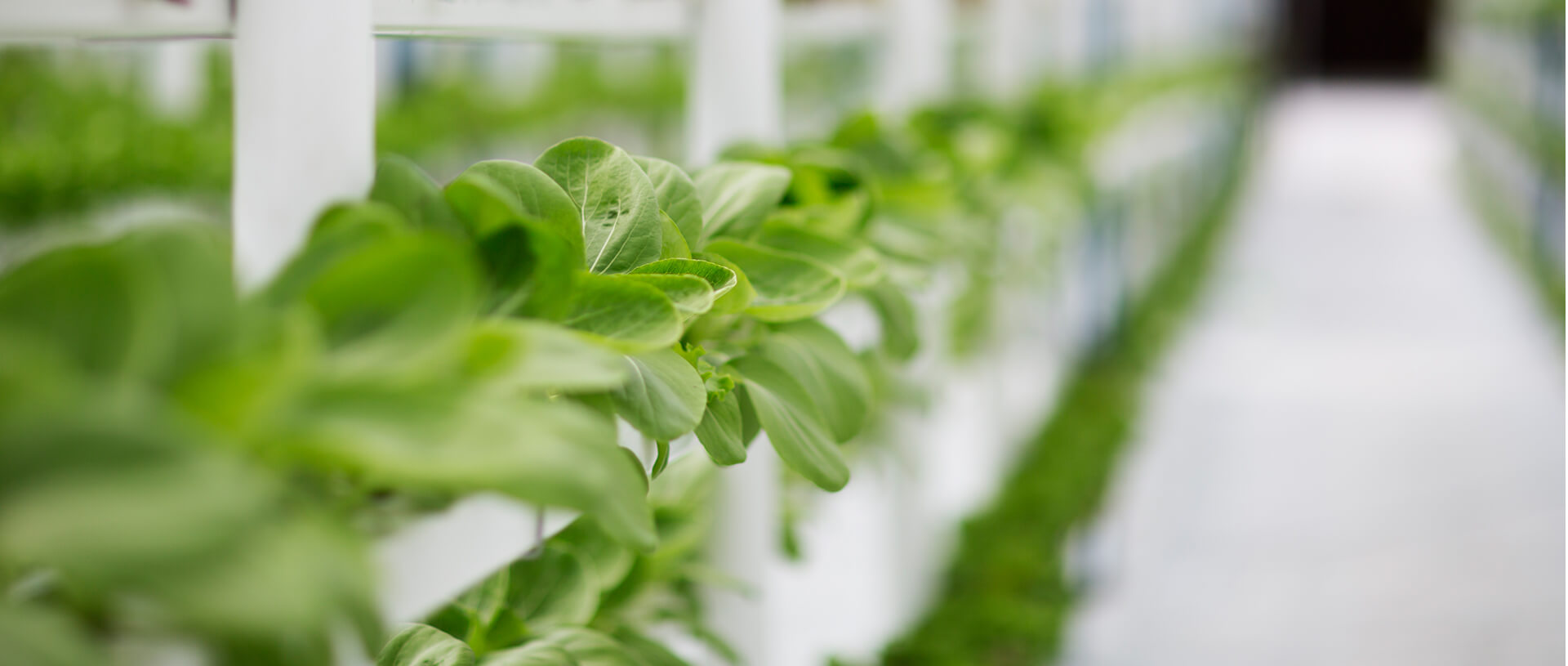An urban farm that aims to produce high-yield greens without sacrificing any flavour by leveraging Internet of Things technology was officially launched yesterday.
Commonwealth Greens took root in Jurong in May. The forest-like farm consists of over 3,100 pillars, each of them 2.4m tall, that are reminiscent of the foliage of trees.
Positioned in six different rooms the size of Housing Board flats, the pillars in each room support one type of leafy green: lettuce, kale, chard or herbs. Hydroponics is used to grow the plants.
The farm can grow up to 100 tonnes of vegetables a year, which is close to 1 per cent of leafy vegetables grown locally.
During the launch yesterday, Minister for Sustainability and the Environment Grace Fu visited the farm as well as Archisen, the agri-tech firm that set up and manages Commonwealth Greens.
Archisen's co-founder and chief technology officer Sven Yeo said Commonwealth Greens is one of the highest-yielding indoor farms in Singapore and that it will support and contribute to the country's goal to self-produce 30 per cent of its nutritional needs by 2030.
The farm's leafy greens are currently sold on online supermarkets such as RedMart and PandaMart, under the brand Just Produce. Each 100g salad mix that costs between $4 and $4.50 comprises a variety of lettuce and kale, along with either mustard greens, sorrel or mizuna.
From the middle of next month, the farm will start selling speciality herbs - mustard greens, ice plant and sorrel - in 20g boxes which will cost between $4 and $5.
Archisen has also developed a mini version of its farming system. Shorter pillars brimming with full-grown veggies are stored in a glass cabinet and can be sent to restaurants for direct harvesting. From next month, the company will deploy those cabinets to five hotels, restaurants and food service companies.
It is not just its aesthetic that makes Commonwealth Greens unique.
To ensure optimal yield, fast growth and highly nutritious and flavourful greens, the vertical systems are powered by a smart cockpit that heavily leverages Internet of Things technology, data analytics and sensors.
Data is continually stored in the cloud, in real time, for the scientists to analyse and to drive automation. For example, if the pH of the nutrient for lettuce reaches unhealthy levels, sensors will alert a device to automatically restore the acidity level.
"As we have more growth cycles over time, our data sets increase, and that enables us to construct mathematical models to predict the outcome of how we grow," said Mr Yeo.
Archisen's office, which is one level above Commonwealth Greens, also houses a research lab for conducting experiments and testing new solutions.
In the near future, the company plans to build indoor fruit orchards or vineyards.
Scientists in the lab are now growing black, red and green grapes in a controlled environment. In 10 months, the vines have started to bear clusters of grapes, each fruit about the size of a chickpea. Through traditional farming, it takes about three years to fully grow grapes.
Although immature and smaller grapes tend to be sour, the black grapes from the lab taste sweet.
Culinary uses for speciality herbs
ICE PLANT
The edible succulent is coated with tiny, crystal-like beads that give the unique vegetable a frosty, magical appearance.
It typically grows in saline environments and its beads trap salt - hence its salty taste.
Archisen grew different sets of ice plant using nutrient solutions filled with either table salt, sea salt or Himalayan pink salt. It was discovered that table and sea salt made the taste too sharp for comfort but Himalayan pink salt was easier on the palate. The mildly salty succulent has a crunchy texture, and is juicy and refreshing.
MUSTARD GREENS
The dainty-looking leaf with the frilly edges can be a healthier substitute for wasabi.
The fierce wasabi heat hits you immediately, spreading down the throat and up the nose. You may tear up a little too.
R&D was used to intensify the wasabi flavour.
RED-VEINED SORREL
The leaves can replace lemon juice or dressing in salads. On second bite, the citrusy flavour explodes, giving a sour surprise.
© 2020 Singapore Press Holdings
This article was written by Shabana Begum from The Straits Times and was legally licensed through the Industry Dive publisher network. Please direct all licensing questions to legal@industrydive.com.







